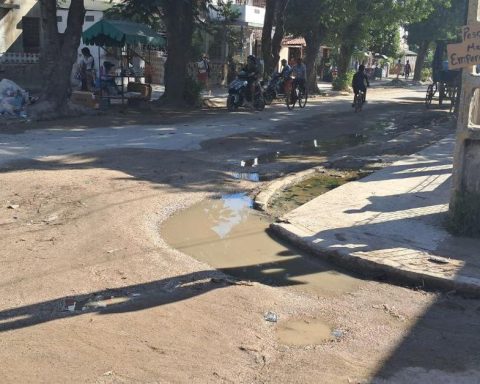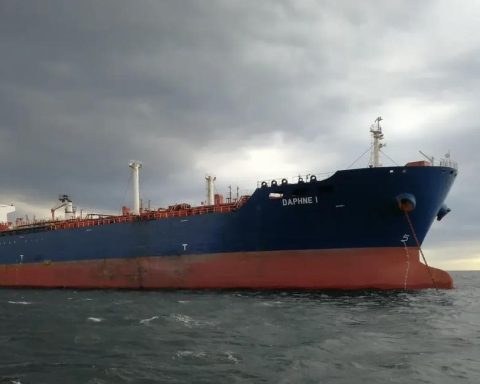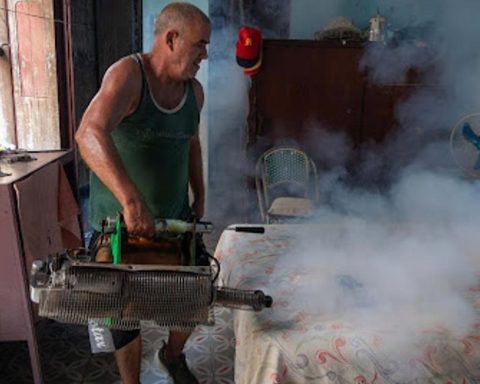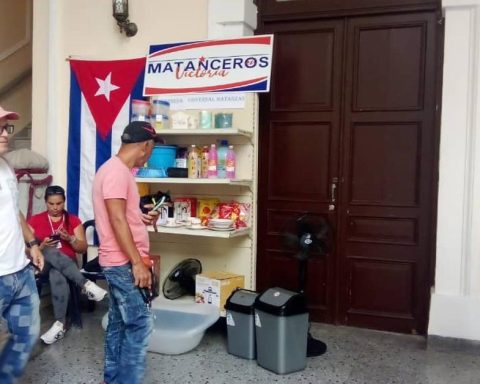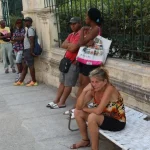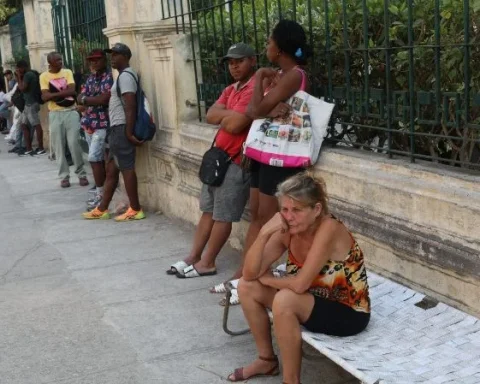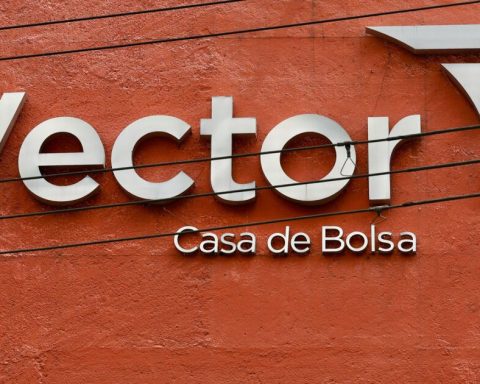Some 100,000 inhabitants of the province of Las Tunas are facing a severe drought. The water deficit affects 450 communities, especially the municipality of Manatí, which is located to the northwest of the area.
Faced with this situation, the inhabitants have had to stock up with tank cars sent by the Provincial Directorate of Communal Services. Jorge Luis Cruz Neck, institution spokespersondetailed to Newspaper26 that only in the urban area the lack of water limits the filling of seven to ten daily cisterns instead of the 30 required to cover the basic needs of the inhabitants.
On a daily basis, he assured, 27 tanker shipments are made to Las Tunas with 130 teams hired from cooperatives and state organizations. The workers of the railway lines have also been integrated to transport water by train to 31 towns in the municipalities of Puerto Padre and Manatí.
The supply is made two or three times a month, for which it is necessary to cover up to 100 kilometers of distance. This depends, for greater complication, on the amount of fuel, increasingly scarce, that there is at that moment
Since 1960 there have been 20 cycles of rainfall deficit over the territory, which have harmed agriculture and livestock in the area.
Cruz Neck highlighted that in the communities of the province that do not have an aqueduct service, they only manage to supply water every 15 or 16 days.
Las Tunas is one of the driest provinces in Cuba, and the rains do not usually fill the basins and reservoirs. A 2017 investigation published in the Caribbean Journal of Social Sciences revealed that since 1960 there have been 20 cycles of rainfall deficit over the territory, which have harmed agriculture and livestock in the area.
About 120 kilometers from the city of Las Tunas, the reservoirs of Camagüey, those with the greatest infrastructure in Cuba, were below their historical average on September 5.
The Cuban News Agency reported that the reservoirs of this province stored 42.3% of a capacity of 512 million cubic meters of water. Five of those intended for the population’s water supply were more than half filled and in seven it was less than 50%.
Last March, around 400,000 Cubans had no water supply due to a severe drought that mainly affected the provinces of Guantánamo, Santiago de Cuba, Holguín, Camagüey, Havana and Las Tunas. At that time, the National Institute of Hydraulic Resources (INRH) forecast that the rains would be below average until May.
________________________
Collaborate with our work:
The team of 14ymedio is committed to doing serious journalism that reflects the reality of deep Cuba. Thank you for joining us on this long road. We invite you to continue supporting us, but this time becoming a member of our journal. Together we can continue transforming journalism in Cuba.



